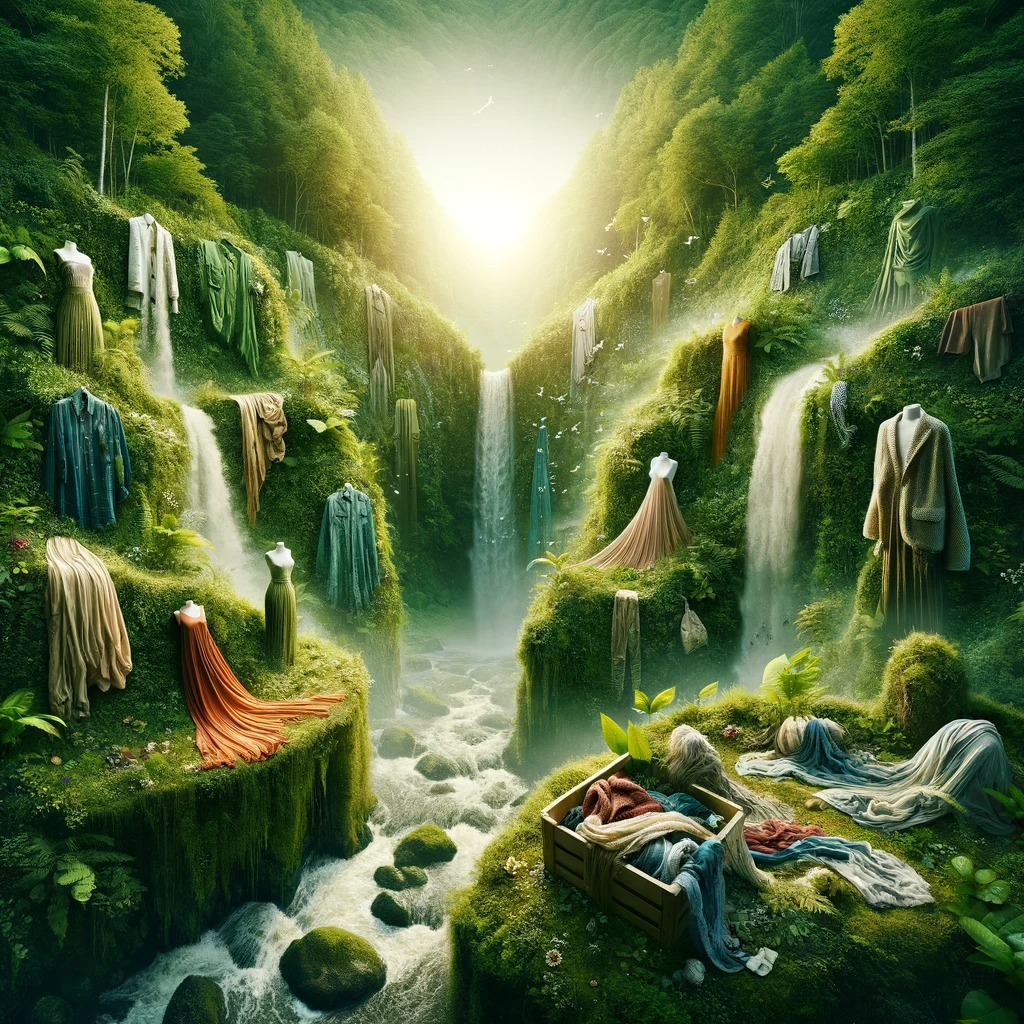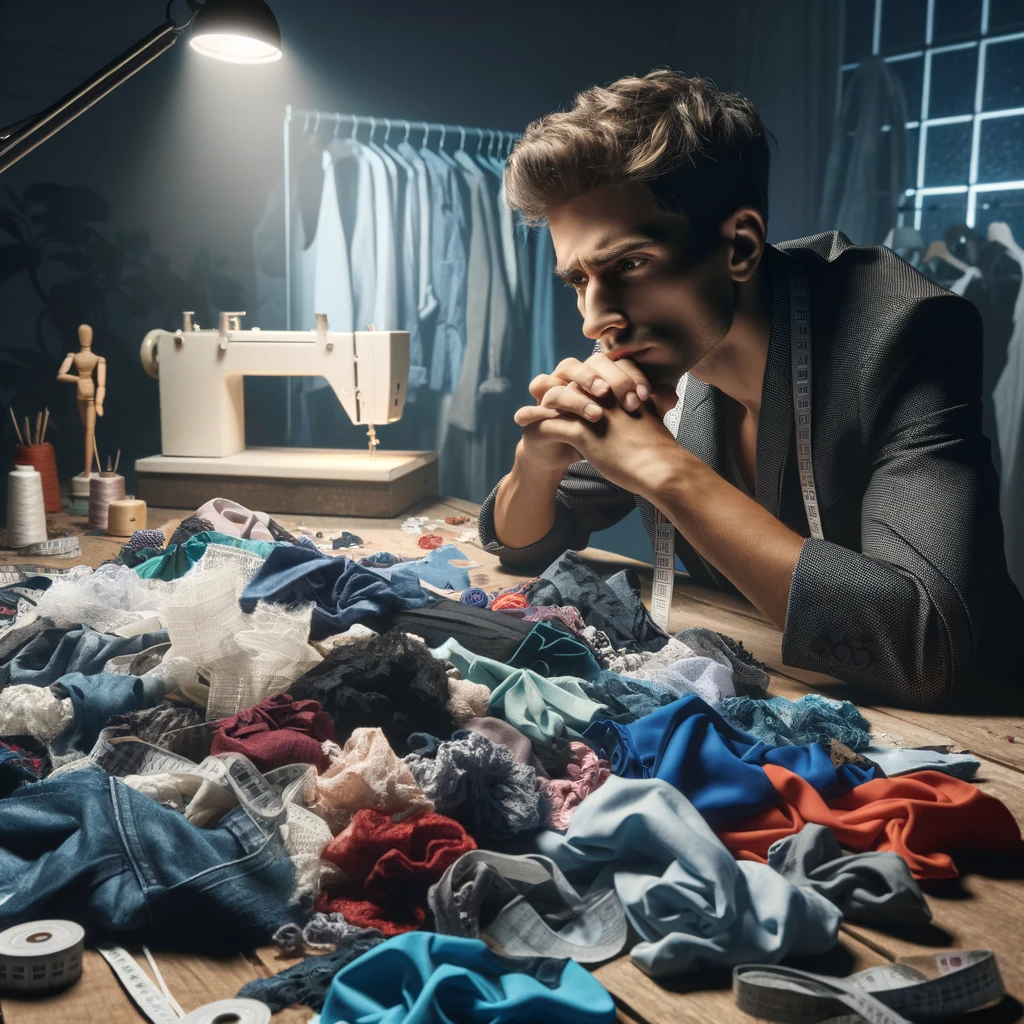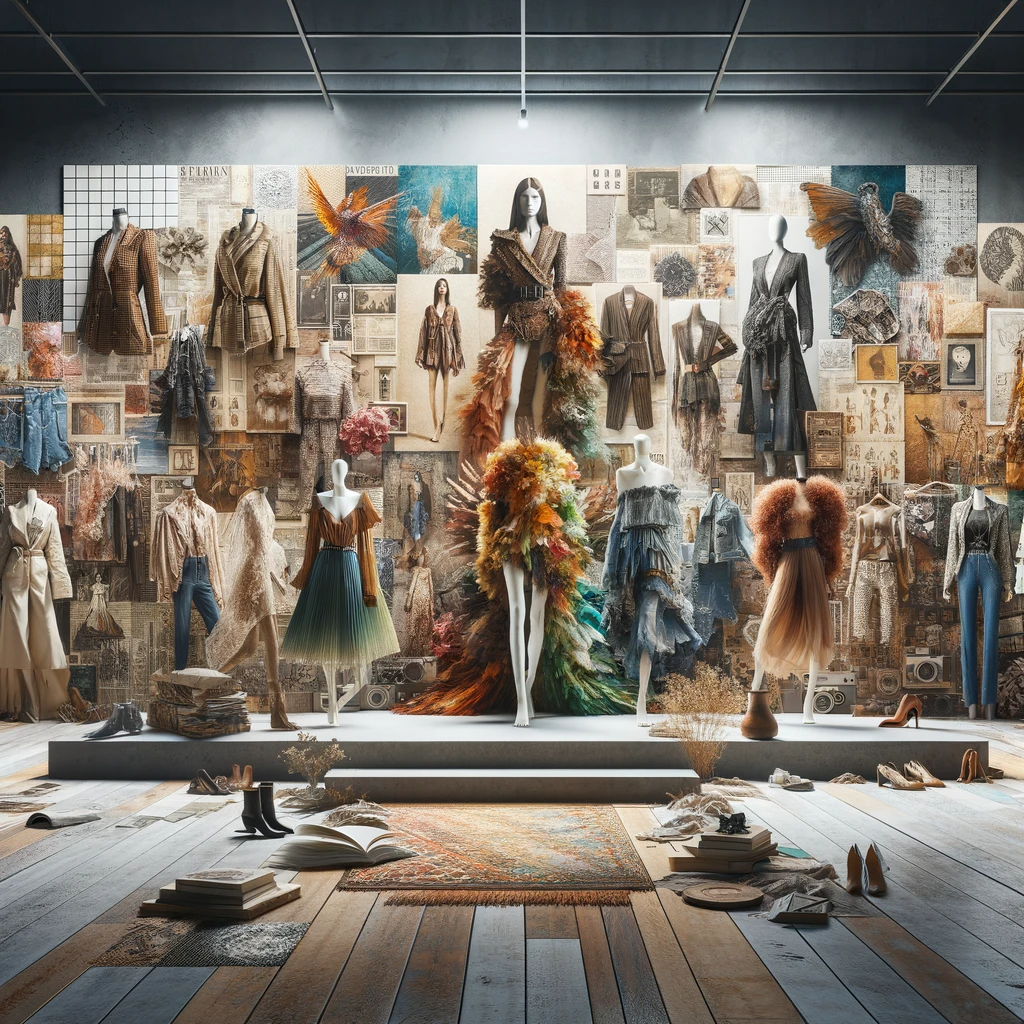Outline:
Introduction to Upcycling in Fashion
- Definition and brief history of upcycling in fashion.
- Current relevance in the fashion industry.
The Pros of Upcycling Fashion
- Environmental benefits: reducing waste and carbon footprint.
- Economic advantages: cost-saving aspects for designers and consumers.
- Creative expression and uniqueness in fashion design.
The Cons and Challenges of Upcycling Fashion
- The high cost of production and sourcing materials.
- Limitations in design and scalability.
- The misconceptions and challenges in consumer acceptance.
Case Studies and Real-World Examples
Examining successful upcycling fashion brands or designers.
Analysis of challenges faced and how they were overcome.
- The Future of Upcycling in Fashion
- Predictions and trends shaping the future of upcycling.
- Concluding thoughts on balancing the pros and cons in sustainable fashion.
Introduction to Upcycling in Fashion
In the ever-evolving world of fashion, the concept of upcycling has emerged as a beacon of innovation and environmental consciousness. Upcycling, in its simplest form, is the process of transforming by-products, waste materials, or unwanted products into new materials or products of better quality or for better environmental value. This practice, deeply rooted in the history of resourceful fashion, has recently gained significant momentum as a counter to the throwaway culture perpetuated by fast fashion.
The relevance of upcycling in today's fashion industry cannot be overstated. As the world grapples with environmental crises and the urgent need for sustainable practices, upcycling represents a harmonious blend of ecological responsibility and creative expression. It challenges the conventional norms of fashion production and consumerism, offering a pathway to a more sustainable and ethically conscious industry.
In this article, we delve into the multifaceted aspects of upcycling in fashion. We will explore its benefits, from the reduced environmental impact to the economic advantages it offers to both designers and consumers. However, it's not without its drawbacks and challenges, such as the high costs of production and certain design limitations. Through a balanced lens, we aim to present a comprehensive view of upcycling in the fashion world, backed by case studies and real-world examples, to give you a thorough understanding of this complex yet fascinating topic.

The Pros of Upcycling Fashion
Environmental Benefits: Reducing Waste and Carbon Footprint
One of the most significant advantages of upcycling in fashion is its positive impact on the environment. By reusing materials, upcycling reduces the amount of waste sent to landfills and lowers the demand for new raw materials. This practice significantly diminishes the carbon footprint associated with the production of new fabrics, a process traditionally marked by high water usage and chemical treatments.
Economic Advantages: Cost-Saving Aspects for Designers and Consumers
Upcycling presents an economical option for both designers and consumers. Designers find value in repurposing existing materials, often leading to cost savings in sourcing new fabrics. For consumers, upcycled fashion offers the allure of unique and personalized items, often at more affordable prices compared to conventional high-end fashion products.
Creative Expression and Uniqueness in Fashion Design
Upcycling stands as a testament to creativity in the fashion industry. Designers embracing this method are often seen pushing the boundaries of style and innovation. Each upcycled piece tells a story, making it not just a fashion statement but a personal expression of the wearer's values and individuality.

The Cons and Challenges of Upcycling Fashion
High Cost of Production and Sourcing Materials
One of the main drawbacks of upcycling in fashion is the often high cost of production. Sourcing unique, high-quality materials that can be repurposed is a time-consuming and potentially expensive endeavor. Additionally, the process of deconstructing and reassembling these materials into new garments requires skilled craftsmanship, which can further drive up costs.
Limitations in Design and Scalability
While upcycling offers a realm of creative possibilities, it also comes with certain limitations. The size, color, and texture of available materials can restrict design options. Moreover, the uniqueness of each piece, while a selling point, also poses challenges in terms of scalability and mass production, making it difficult to meet high demand or create uniform collections.
Misconceptions and Challenges in Consumer Acceptance
The concept of upcycled fashion, though growing in popularity, still faces hurdles in widespread consumer acceptance. Some shoppers hold misconceptions about the quality and durability of upcycled products. There's also a challenge in shifting consumer behavior away from fast fashion trends toward more sustainable and ethically made garments.

Case Studies and Real-World Examples
Examining Successful Upcycling Fashion Brands or Designers
A number of fashion brands and designers have successfully incorporated upcycling into their business models, demonstrating its viability and appeal. For instance, Patagonia is a prime example of a successful brand that has integrated upcycling into its business model. Known for its sustainability efforts, Patagonia's Worn Wear program allows customers to trade in their used garments. These items are then upcycled, repaired, and repurposed for resale. In the two years since its launch in 2017, Patagonia sold 120,000 products through Worn Wear, significantly reducing the number of garments ending as waste.
Analysis of Challenges Faced and How They Were Overcome
Despite its success, Patagonia faced challenges in implementing this sustainable practice. The key to overcoming these obstacles was the brand's commitment to sustainability throughout its supply chain and its efforts to educate consumers about the value of upcycled fashion. By prioritizing sustainability and engaging customers through their Worn Wear program, Patagonia has not only reduced waste but also fostered a loyal customer base that values the brand's environmental efforts.

The Future of Upcycling in Fashion
Predictions and Trends Shaping the Future
The trajectory of upcycling in fashion is poised for growth. As awareness about environmental issues and sustainable practices increases, more consumers are likely to gravitate towards eco-friendly fashion choices. Technological advancements in textile recycling and fabric processing are also expected to enhance the feasibility and appeal of upcycled fashion.
Balancing the Pros and Cons in Sustainable Fashion
As the industry evolves, it will be crucial for designers, brands, and consumers to balance the benefits and challenges of upcycling. While upcycled fashion offers a sustainable alternative, the industry must address issues like cost, scalability, and consumer perceptions to achieve wider acceptance and success.
In conclusion, upcycling in fashion presents a promising path towards a more sustainable and ethically responsible industry. By embracing both the creative possibilities and addressing the inherent challenges, upcycling can play a pivotal role in shaping the future of fashion.

